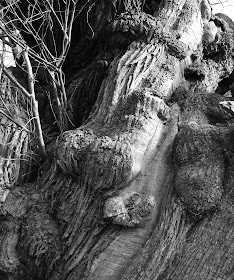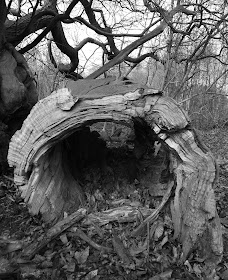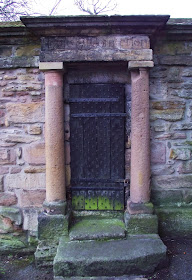William Ewart Gladstone, four-time Prime Minister, was a voracious reader, and collected
books from his childhood. Whilst at Christ Church, Oxford, from which he took a
double first in Classics and Mathematics, and another first in History, his collection
grew apace.
Gladstone’s collection ultimately consisted of 32,000
volumes, of which the Grand Old Man read an incredible 22,000, a book a day,
every day, for 60 years. In 1889 a pair of corrugated iron rooms, known as the Tin
Tabernacle, was erected to house the library for public use – there is a famous
photograph of Gladstone moving books from Hawarden Castle the half mile to
their new home, using a wheelbarrow.
When Gladstone died in 1898 a public subscription funded the
building in which the residential library is now housed, designed by John
Douglas, and opened in 1902. The collection has grown to over 250,000 books, largely
theology, history, philosophy, classics and literature.
The library, in front of which is the Gladstone Monument, intended
for Dublin but refused by that city’s council, centres the village of Hawarden.
For the bad is the House of Correction of the mid-eighteenth century (third photograph); for the good, Hawarden Park, entered via heavy wooden gates.































